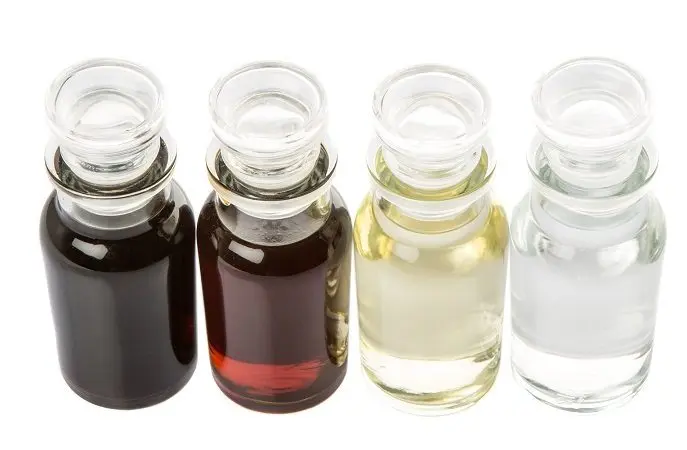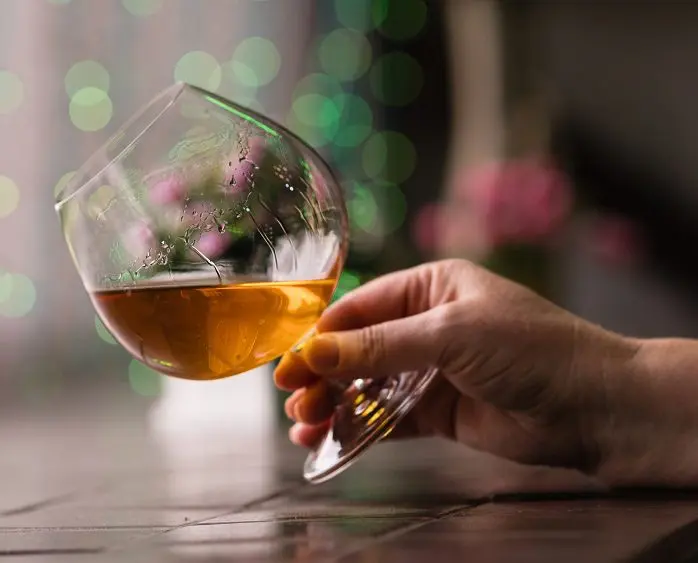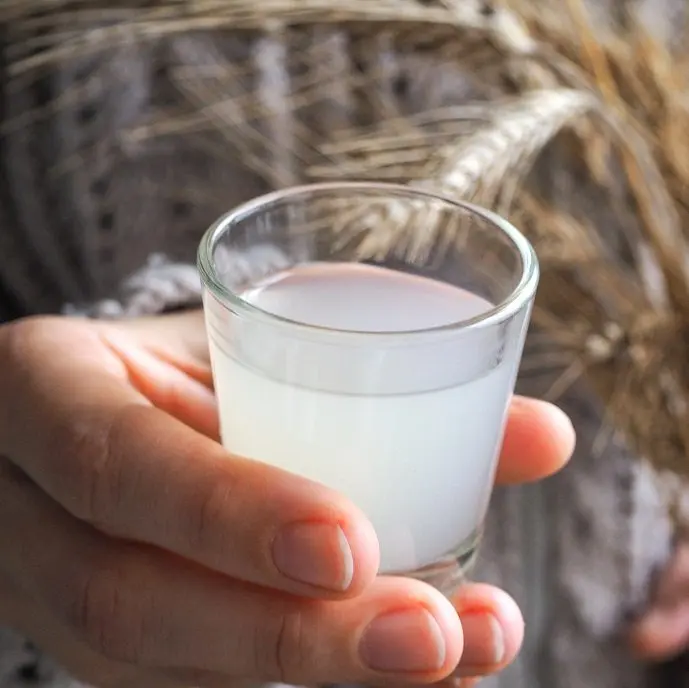Contents
Marketers call them the moonshiner’s secret weapon, manufacturers call them a scientific breakthrough in the food industry, and sellers claim that just a few grams of magic powder from a bag will ennoble even bad moonshine beyond recognition. All this is about moonshine bonifiers, which home distillers met a few years ago. It’s time to understand the effectiveness of these supplements.
Bonifiers (from the French bonificateur – improver) are food additives in the form of a powder, liquid or suspension that improve the aroma and taste of an alcoholic beverage and, according to manufacturers, minimize the negative effects on the body of toxins formed after the breakdown of ethyl alcohol. Bonifiers are mainly used for distillates and rectified products: moonshine, whiskey, cognac, vodka, etc.
Bonifiers are developed by research centers associated with the food industry, for example, in Russia, these are the Institute of Nutrition of the Russian Academy of Medical Sciences and the All-Russian Research Institute of Food Biotechnology. Many major alcohol producers use some kind of additive in their drinks.

Composition of bonifiers
Usually any bonifier consists of substances that perform one of four functions:
1. Regulation and retention of acidity. For this purpose, various acids are used: citric, tartaric, acetic, malic, succinic, cinnamon, etc. To keep the resulting acidity from fluctuating, acid salts can be used. Also, acids and their salts have their own taste, which is reflected in the drink.
2. Sweetening and softening. The problem is solved by adding sugars (fructose, lactose, glucose) and other sweet substances allowed in the food industry. Aspartame (E951) and sucralose (E955) are the most popular sweeteners, but others may be used.
In addition to sweetness, each sweetener brings its own individual taste to the drink and changes the viscosity of the solution. In turn, the viscosity affects the “body” of the drink, for example, with the help of sweeteners, you can achieve the “legs” characteristic of aged whiskey and cognacs – oily drops on the walls of the glass.

3. Aromatization and tinting. Flavors and colorants are natural (obtained from natural raw materials) and chemical – synthesized during chemical processes. The first high-quality, but expensive, representatives of the second group are cheap, but not natural and can cause allergies.
4. Minimizing the negative effects of alcohol on the body. This function of bonifiers goes beyond the study of the food industry and is more relevant to medicine. Manufacturers claim that they use hepatoprotectors (protect liver cells) and additives that quickly remove from the body the chemical compounds of distillates that are not absorbed by the gastrointestinal tract. Some are even capable of converting harmful acetaldehyde into a non-toxic compound.
After drinking an alcoholic drink with a bonifier, the hangover syndrome should be minimal or completely absent. But at the time of writing (January 2019), no medical studies proving the benefits of bonifiers could be found. Therefore, this function is questionable.
In practice, a typical bonifier includes: lactose, lactuose, fructose, glucose, whey, amino acids (fruit, wine, etc.), vitamins B and C, herbal tinctures and extracts (wheat, ginseng root, berries and fruits ). The list of additives is approximate, some substances may be absent, others are not on this list.
The expediency of using bonifiers
Advantages:
- with the right selection, they slightly improve the organoleptic properties of the drink (aroma, taste, color);
- may reduce drunkenness and hangovers (doubtful);
- ease of use – in most cases, it is enough to pour the powder in the dosage recommended by the manufacturer and mix. The result will appear in a couple of hours (sometimes days).
Disadvantages:
- no one knows exactly what chemical reactions the bonifier will enter into with the distillate, and how it will then affect the body. The fact is that the chemical composition of moonshine, even from one raw material, can radically differ depending on the methods of setting and distilling the mash. In large-scale production, the concentration of substances in the drink is controlled in the laboratory, choosing the right composition and proportions of additives, but at home this is not possible. Bonifier manufacturers do not take this into account, offering the same dosage.
- do not improve alcohol, but only mask its poor quality;
- relatively high cost;
- some bonifiers may cause haze and flake in the cold;
- after the addition of the bonifier, the drink cannot be considered natural (organic).

Conclusion: bonifiers can be used to slightly improve the organoleptic properties of homemade alcohol, but you should not hope that after their use the drink will become much tastier and safer. The craftsmanship of the distiller and the right equipment still come first. Ennoble only high-quality moonshine, do not try to hide the flaws of the bad!
How to choose a bonifier
You should buy bonifiers that have a safety certificate from the Institute of Nutrition of the Russian Academy of Medical Sciences and (or) are approved by Rospotrebnadzor. The seller must provide documents upon request.
Most manufacturers have developed a separate bonifier for each drink. Do not use additives intended for other types of raw materials. It is very important to adhere to the recommendations and proportions indicated in the instructions on the package. An overdose can permanently spoil the drink.
How to make a do-it-yourself bonifier
Bonifiers consist of substances that are freely available, so they can be made independently from additives that do not change the taste and smell of the original drink (only caramel affects the color from the list):
- fructose (0.2-2 g / l) – softens the taste of fruit distillates;
- glucose (0,5-3 g / l) – softens the taste of vodka, sugar moonshine and grain distillates (add a minimum amount);
- sugar (up to 10 g / l) – used as a caramel color for aged distillates, especially whiskey and cognac, it almost does not give sweetness, changing only the color of the drink;
- citric acid (up to 0,1 g / l) – suitable for acidifying some fruit distillates that have a too sweet taste;
- glycine (0,2-0,4 g / l) – hides the bitterness and pungency of any moonshine;
- glycerin (1 teaspoon per 1 liter) – softens the taste of sugar moonshine and vodka;
- alder fruit extract (1 ml / l) – hides the smell and burning of alcohol in sugar moonshine, grain distillates and vodka. To prepare the extract, add 50 grams of alder fruits to 200 ml of boiling water, boil over medium heat for 30 minutes, then filter through cheesecloth, removing the fruits. Evaporate the resulting liquid in a water bath to 50 ml. You will get a dark viscous mass.
Attention! In order not to spoil the entire batch, experiment on a small amount of drink.









